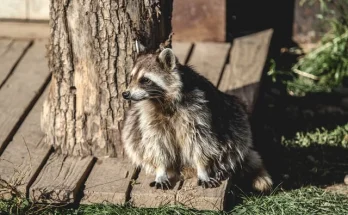When it comes to vermicomposting and soil enrichment, worms play a crucial role. Among the various species of worms, red wiggler worms (Eisenia fetida) stand out for several reasons. These amazing creatures possess unique characteristics and qualities that set them apart from other worm species.
- Firstly, red wiggler worms are renowned for their voracious appetites. These worms have an extraordinary capacity to consume organic waste material. Unlike other worm species that prefer a more balanced diet, red wigglers have a preference for decomposing organic matter. Their insatiable appetite enables them to process large quantities of waste, making them highly efficient composting agents.
Vers L’avenir red wigglers can swiftly transform kitchen scraps into rich, nutrient-dense compost.
- Another distinguishing feature of Red Wiggler worms is their ability to reproduce rapidly. These worms are hermaphroditic, meaning they possess both male and female reproductive organs. This unique trait allows them to reproduce asexually through a process called clitellum. This rapid reproduction cycle enables red wigglers to multiply at an impressive rate, facilitating the growth of worm populations in composting systems.
- Furthermore, red wiggler worms exhibit remarkable adaptability to varying environmental conditions. They can thrive in a wide range of temperatures, making them suitable for both indoor and outdoor composting setups. Red Wigglers can tolerate temperatures between 50°F and 80°F (10°C to 26°C), making them resilient to different climates. They can survive in relatively high moisture levels but are also capable of withstanding drier conditions. This adaptability makes red wigglers an ideal choice for individuals looking to engage in vermicomposting throughout the year.
- In addition to their resilient nature, red wiggler worms possess a unique ability to burrow and aerate the soil. Their constant movement and tunneling actions create channels in the soil, enhancing its structure and drainage. By doing so, red wigglers improve water infiltration and air circulation, creating an optimal environment for plant roots to thrive. This process of natural soil aeration helps prevent soil compaction and allows for better nutrient absorption. The presence of red wigglers in the soil also promotes the breakdown of organic matter, releasing valuable nutrients that can be readily absorbed by plants.
Red Wiggler worms possess a combination of unique characteristics that make them stand out from other worm species. Their insatiable appetite for organic waste, rapid reproduction cycle, adaptability to different environments, soil-enhancing capabilities, and manageable size contribute to their popularity in vermicomposting and soil enrichment practices.




